Siberian vs Ragdoll Cats: A Comprehensive Comparison for Cat Owners
Siberian vs Ragdoll Cats: A Comprehensive Comparison for Cat Owners
Among cats, two breeds stand out for their charm and distinct characteristics: a Siberian and a Ragdoll cat. These breeds share some similarities but also possess unique traits that set them apart. This article gives a comparison between Siberian vs Ragdoll cats, delving into their origins, physical characteristics, temperament, health, and care needs.
Whether you're a single owner working from home, a family with children, or an allergy sufferer, understanding these breeds can aid you make an informed decision about which cat would be the perfect addition to your home.
Origins and History
Siberian Cats: A Russian Legacy
Siberian cats, Russia's majestic forest cats, boast a rich history that dates back to at least 1000 AD. These cats are celebrated for their ancient lineage, believed by some to be the distant ancestors of all modern long-haired breeds, though this is more a testament to their enduring presence across centuries rather than direct lineage.
Siberian cats have been a part of Russian folklore and households for thousands of years, serving as both beloved pets and skilled mousers. Their genetic roots are closely tied to the Norwegian Forest cats, sharing a common ancestry shaped by the harsh climates of their respective regions.
The breed's formal recognition outside Russia began in the late 19th century, with notable mentions in German literature and subsequent cat shows. It wasn't until the late 20th century, however, that Siberian cats made their grand entrance into the American cat fancy scene, thanks to breeders who fell in love with their luxurious coats and affable natures.
Ragdolls: An American Tale
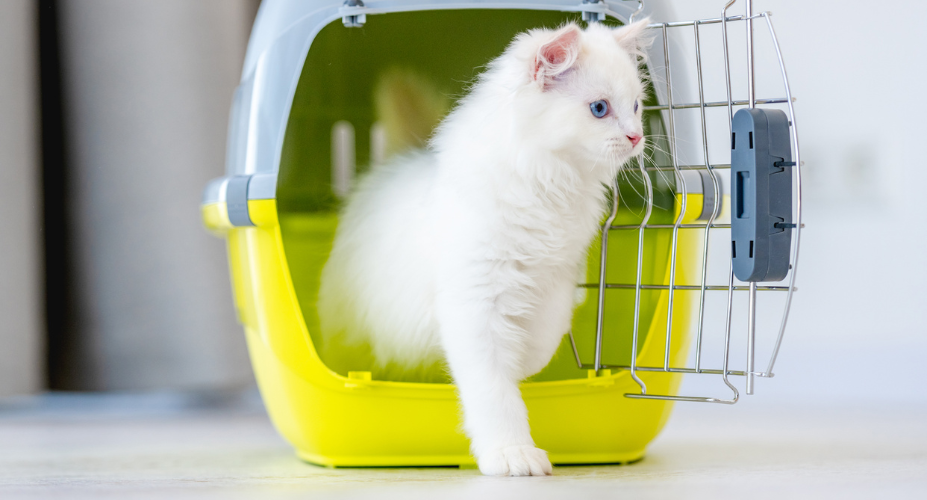
The Ragdoll breed's story starts in the 1960s in California, with a breeder named Ann Baker at the helm. Baker's breeding program began with a semi-feral white cat named Josephine and a few other selected cats, aiming to develop a breed with a calm and docile temperament. The Ragdoll's distinctive characteristics—its large size, blue eyes, and colorpoint coat—were solidified through selective breeding, leading to the breed's official registration in the mid-1960s.
Baker's efforts to patent the breed and establish unique breeding standards set the Ragdoll apart in the cat fancy world. The breed's popularity soared both in the United States and abroad, with the UK playing a significant role in its international acclaim. Despite its relatively recent origins, the Ragdoll has become one of the most beloved cat breeds, known for its gentle nature and affectionate demeanor.
Physical Characteristics
|
Characteristic |
Siberian Cats |
Ragdoll Cats |
|
Size |
Medium to large, with males weighing 13.2–22 pounds (6.0–10.0 kg) and females 8.8–13.2 pounds (4.0–6.0 kg) |
Among the largest domesticated breeds, with males sometimes exceeding 20 pounds (9.1 kg) and females ranging from 8 to 15 pounds (3.6 to 6.8 kg) |
|
Coat |
Thick, water-resistant triple coat with a variety of colors and patterns. Coats can range from coarse to soft |
Semi-long, silky soft coat with distinct colorpoint patterns. Colors include seal, chocolate, blue, lilac, red, and cream, with variations like lynx and tortoiseshell |
|
Color |
Comes in all traditional cat colors, including white, black, blue, red, and cream, with patterns like smoke, point, calico, tabby, tortoiseshell, and bi-color. Eye colors include golden, green, or copper, with blue possible in white cats |
Primarily colorpoint with blue eyes. Colors include seal, chocolate, blue, lilac, red, and cream, with lynx and tortoiseshell variations. Ragdolls are born white, developing full color and coat at 3–4 years |
|
Eyes |
Typically golden, green, or copper, with blue possible in white cats |
Always blue, in various shades |
|
Shedding and Grooming |
Heavy shedding, especially during seasonal molts in spring and fall. Considered "hypoallergenic" due to lower production of Fel d 1 protein, but requires regular grooming |
Low-shedding due to lack of undercoat, but not considered hypoallergenic. Requires regular grooming to maintain coat |
|
Hypoallergenic |
Considered "hypoallergenic" due to lower production of Fel d 1 protein, but no cat is truly hypoallergenic |
Not considered hypoallergenic |
This table provides a concise comparison of the key physical characteristics of Siberian and Ragdolls, highlighting their size, coat, color, eyes, shedding and grooming needs, and hypoallergenic properties.
Personality and Temperament
When considering adding a feline companion to your home, understanding the personality and temperament of potential breeds is crucial. Siberian and Ragdolls are two breeds that are often compared due to their popularity and distinct characteristics. Here, we will explain the unique personalities and temperaments of these beloved breeds.
Siberian Cats: The Adventurous Companions
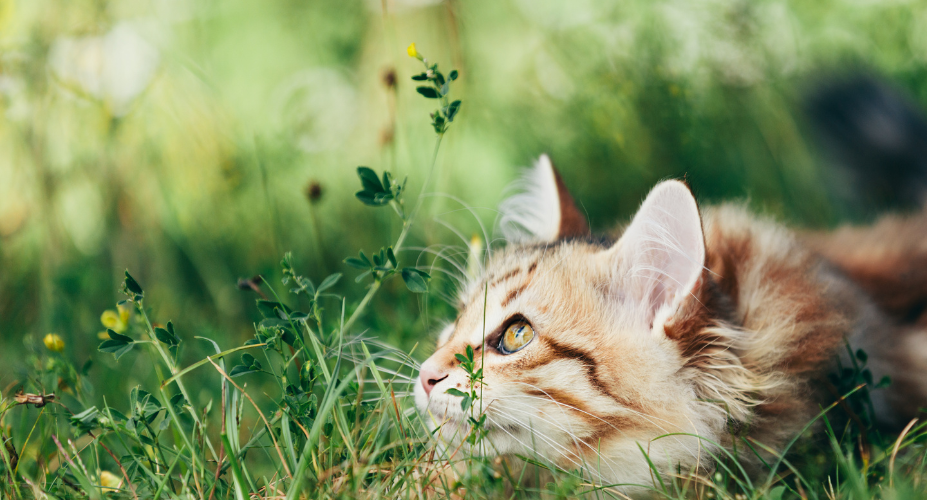
Siberian cats are known for their friendly and patient temperaments, embodying a playful and calm personality. They are one of the quieter breeds, often expressing their affection in a gentle manner. Siberians are incredibly loyal to their families, showcasing their intelligence through playful interactions and the ability to learn tricks with ease.
Their sociability extends to children and other pets, making them a harmonious addition to any household. Despite their calm demeanor, Siberians possess a playful side that keeps them active and engaged. They are adaptable creatures who thrive in various environments, as long as they are with their beloved humans. Their affectionate nature does not equate to clinginess; Siberians are content to follow their owners around, patiently waiting for attention and cuddles.
Ragdolls
Ragdoll cats are celebrated for their relaxed and friendly personalities, making them ideal family pets. Their sociability and inquisitive nature drive them to seek human attention, often engaging in gentle play. Ragdolls are known as empathetic companions, attuned to the emotions of their owners and offering loyalty and affection in abundance.
Despite their large size, Ragdolls are peaceful and sociable, exhibiting a curiosity that makes them delightful companions. They are well-suited to families, showing patience and a gentle demeanor towards children and other pets. Ragdolls are not demanding; their affectionate nature is balanced with an easygoing temperament that adapts well to various living situations. Their intelligence and playful spirit contribute to their charm, making them a joy to have around.
Health and Lifespan
Siberian cats and Ragdoll cats are both popular breeds known for their unique characteristics and personalities. However, like all breeds, they have specific health issues and lifespans that potential owners should be aware of.
Siberian Cats
Siberian cats are generally very healthy, with a lifespan ranging from 10 to 18 years. They are known for their robustness and are not tied to any hereditary health issues.
However, they are prone to Hypertrophic Cardiomyopathy (HCM), a heart problem that causes the thickening of the heart ventricle. If left untreated, it can lead to heart failure, but if caught early, it can be managed with the right medication and a controlled diet.
Siberian cats are also more injury-prone than other purebred cats, so owners should take special care to secure shelves and furniture. Obesity is another concern for this breed due to their broad build, which can increase the risk for diabetes, arthritis, as well as other health conditions.
Ragdolls
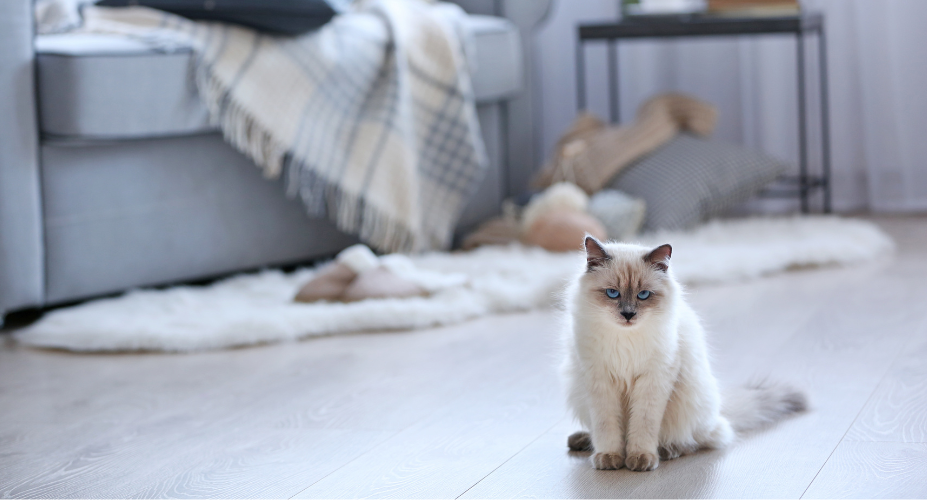
Ragdoll felines have a lifespan of 12 to 18 years, with females typically living longer than males. However, one Swedish study found that only 63% of Ragdoll cats live longer than 10 years, citing urinary issues as a potential reason.
Ragdolls are also prone to Hypertrophic Cardiomyopathy (HCM), the most common heart disease in cats. Obesity is another common health issue in this breed. Despite their longer fur, Ragdoll cats are relatively low maintenance, but their coat benefits from regular brushing to prevent tangles.
Care and Maintenance
Caring for a pet cat involves more than just providing love and attention; it requires understanding their specific grooming needs and dietary requirements. Siberian and Ragdoll cats, while both are popular and beloved for their unique characteristics, have different care needs that potential owners should be aware of.
Siberian Cats: Robust and Energetic
Grooming Needs:
Siberian cats are known for their thick, water-resistant triple coats that require regular maintenance to keep them healthy and free of mats and tangles. Despite their dense fur, their grooming needs are relatively minimal but do require a consistent routine. Brushing once or twice a week for most of the year is usually sufficient to prevent tangles in their fur. However, during their shedding seasons in spring and fall, daily brushing may be essential to manage the increased shedding and prevent matting.
Dietary Requirements:
Siberian cats have a high energy level and require a diet that can improve their active lifestyle. For the first four to five years of their life, as they mature slowly, a high-protein diet is essential to fuel their energy needs.
Regular wet food meals alongside dry kibble can help increase their water intake, which is crucial for preventing urinary issues. Some Siberian cats may also benefit from omega fatty acid supplements to keep their fur shiny, their joints strong, and manage any inflammatory conditions.
Ragdolls
Grooming Needs:
Ragdolls have semi-long, silky soft coats that are lower maintenance than some other long-haired breeds but still require care to keep them healthy and mat-free. Regular brushing a few times a week is recommended to remove loose hair, prevent matting, and manage shedding, especially during their shedding seasons in spring and fall. Using cat-specific brushes or combs suitable for their coat type can make grooming sessions comfortable and enjoyable for both the cat and the owner.
Dietary Requirements:
Ragdolls can have big appetites, matching their large size, and getting their diet right is crucial for their long-term health. A balanced diet is recommended, with particular attention to managing their weight since Ragdolls are prone to obesity.
Wet food is preferred for its higher moisture and animal protein content, which is essential for Ragdolls' carnivorous diet. Grain-free recipes are recommended to avoid high-carb meals that can lead to weight gain. Regular vet checks can help monitor their diet and overall health.
Suitability for Families and Allergy Sufferers
When choosing a cat to join a family, especially one with allergy sufferers, it's important to consider the breed's compatibility with the household's needs. Siberian and Ragdolls are both known for their distinct qualities that may make them suitable for families and those with allergies.
Siberian Cats
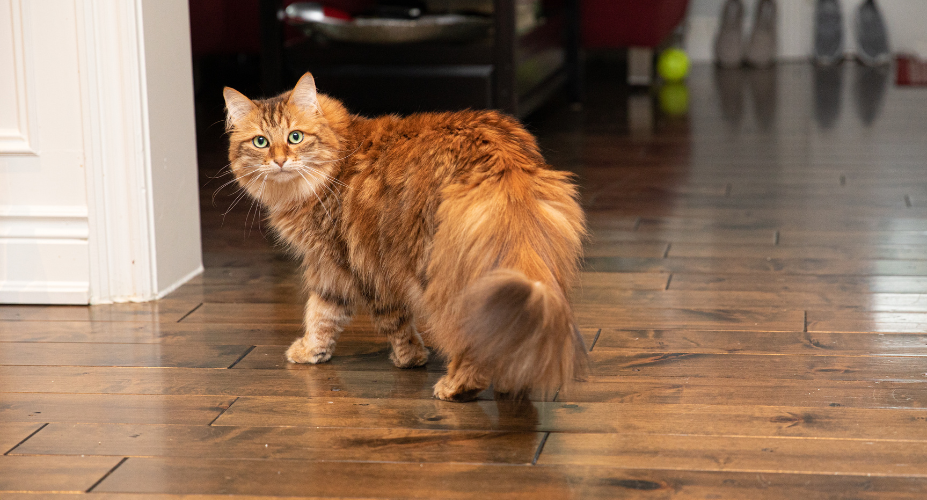
Siberian cats are often praised for their sociable and gentle nature, making them excellent companions for families with children. Their playful and affectionate demeanor allows them to bond well with kids, and their robust nature means they can handle the playful antics of younger family members. Siberians are also known for their intelligence and can be quite interactive, which can be entertaining and engaging for children.
For allergy sufferers, Siberian cats present a unique advantage. They create lower levels of the Fel d 1 protein, which is an allergen found in cat saliva. While no cat breed is completely hypoallergenic, Siberians are often suggested for individuals with mild to moderate cat allergies. Their lower allergen levels can sometimes allow allergy sufferers to live comfortably with these cats, provided that other allergy management strategies are also in place.
Ragdolls
Ragdolls are known for their docile and placid temperament, which makes them an ideal choice for families. They are often referred to as "puppy-like" because of their tendency to follow their owners around and their desire for human companionship. Ragdolls are typically very good with children and can be quite tolerant of cuddling and handling, making them a loving addition to any home.
However, when it comes to allergies, Ragdolls may not be the best fit for those with sensitivities. Unlike Siberian cats, Ragdolls do not have a reputation for producing lower levels of allergens. Therefore, they may not be suitable for households with members who have cat allergies. It's always recommended to spend time with the breed before making a decision to ensure compatibility with allergy sufferers.
Price Comparison
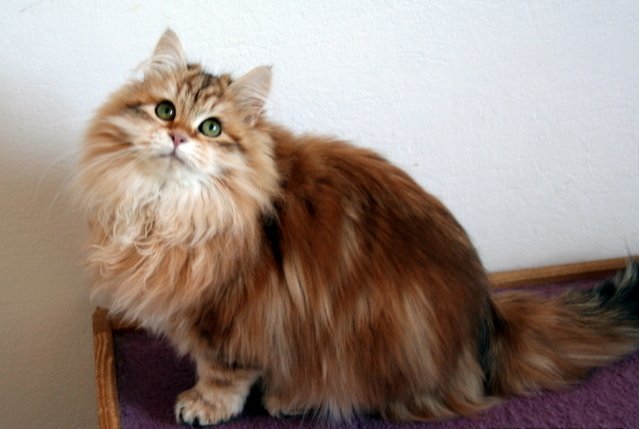
|
Cat Breed |
Average Price Range |
|
Siberian |
$1,200 - $4,000 |
|
Ragdoll |
$800 - $3,500 |
Please note that these are average prices and actual costs may vary. The prices are generally higher for cats with a superior pedigree or those that are of show quality. Additionally, adopting a cat from a rescue organization or shelter can be a more affordable option, with prices typically ranging from $50 to $200 for Ragdolls and around $75-$100 for Siberians.
Conclusion
The decision between a Siberian and a Ragdoll cat ultimately comes down to personal preference and lifestyle. For those with allergies, a Siberian cat may be the better choice. If you are looking for a large, laid-back companion who is content to be by your side, a Ragdoll might be the perfect fit. Both breeds will require your time and attention for grooming and play, but they will reward you with loyalty and affection.
Consider your living situation, time for pet care, and any allergy concerns when making your choice. Both Siberian and Ragdoll felines can make wonderful, loving additions to the right home, bringing joy and companionship for many years to come.




.png)




Comments